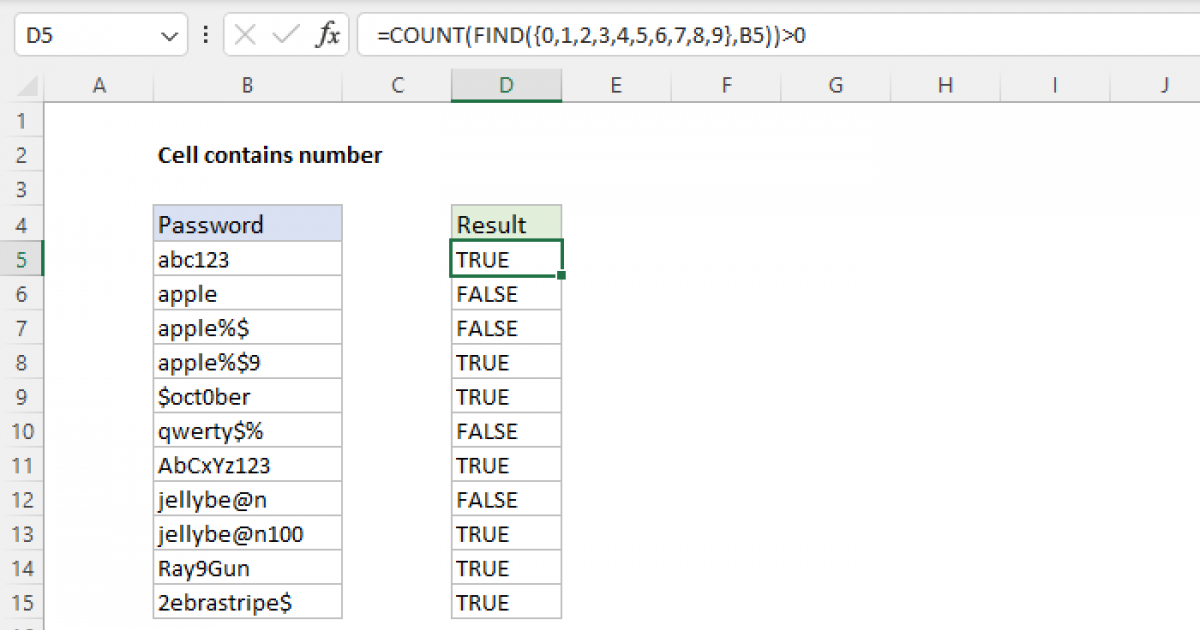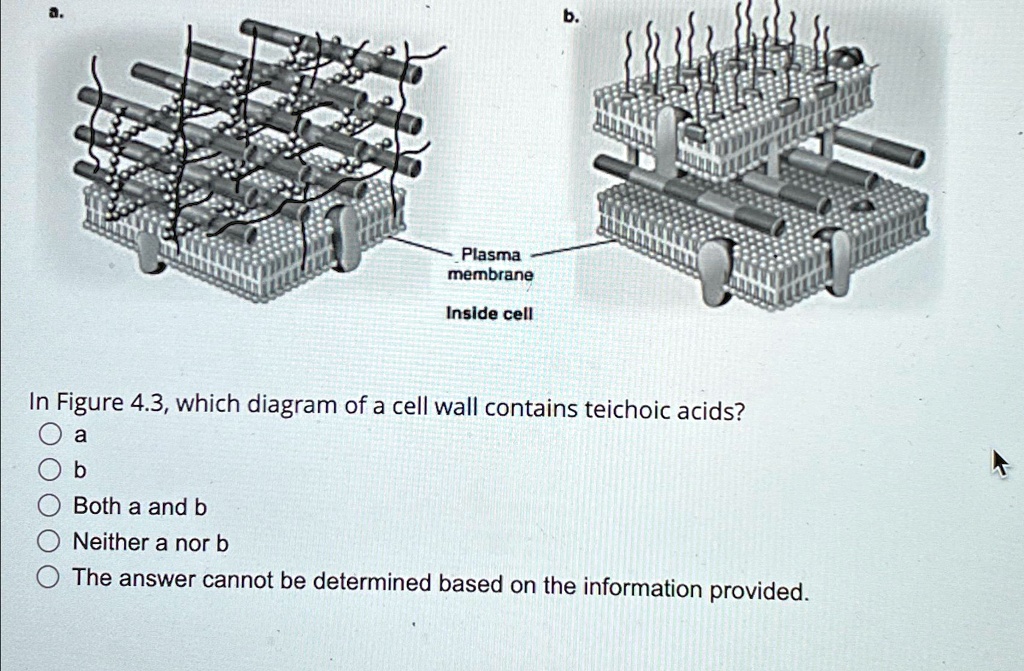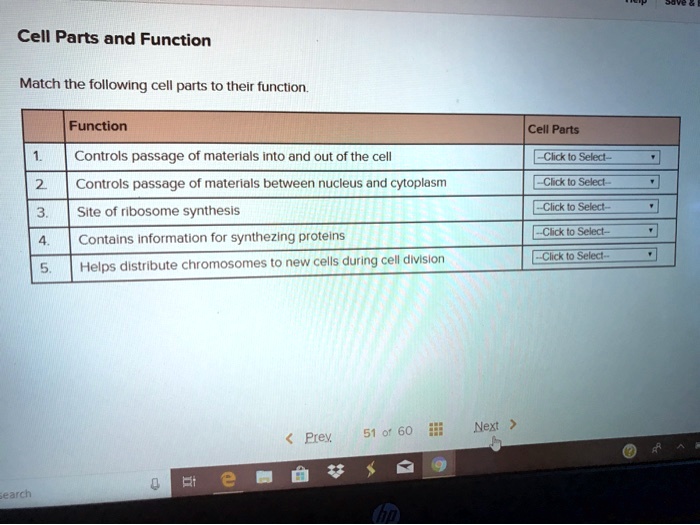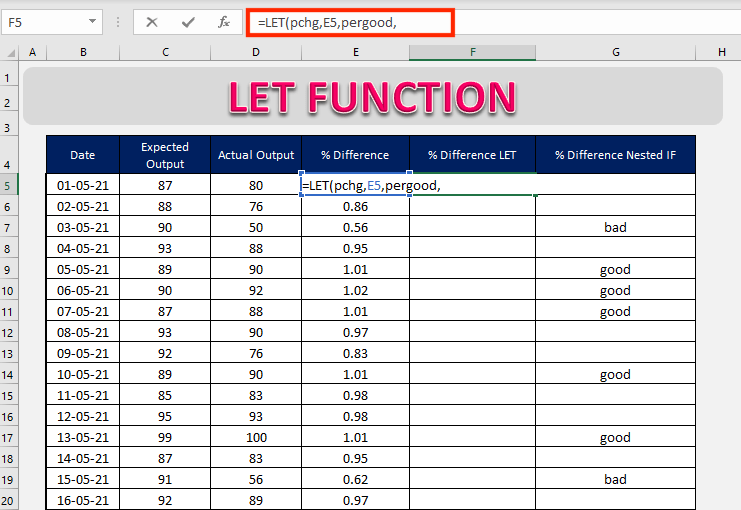The Cell Currently Evaluated Contains A Constant

The scientific community is abuzz with the implications of a groundbreaking discovery: a fundamental constant embedded within the cell. After years of meticulous research, a team at the International Institute of Cellular Biology (IICB) has presented compelling evidence suggesting that a fixed, unchanging value governs certain intracellular processes. This revelation could reshape our understanding of biology, offering new avenues for disease treatment and even raising fundamental questions about the nature of life itself.
At its core, this discovery points to a previously unknown level of order and predictability within the seemingly chaotic environment of the cell. The existence of a cellular constant, as detailed in a recently published report in Nature, promises to revolutionize areas ranging from drug development to our basic comprehension of biological systems. Its discovery sparks significant debate about the origin and nature of life, demanding further investigation across multiple disciplines.
The Discovery and its Implications
The research, led by Dr. Anya Sharma at the IICB, focused on the rate of protein folding within specific types of human cells. Using advanced spectroscopic techniques and computational modeling, Dr. Sharma's team identified a consistent ratio between the energy input required for protein folding and the resulting structural stability. This ratio, dubbed the 'Sharma Constant' by colleagues, remains surprisingly consistent across various cellular conditions and even different cell lines.
“We were initially skeptical," Dr. Sharma stated in a press conference. "The inherent variability of biological systems led us to believe that no such constant could exist. However, our data repeatedly pointed to the same unchanging value. This changed our entire understanding of cellular biology.”
The implications of this discovery are far-reaching. Firstly, it suggests that cellular processes are governed by more rigid rules than previously imagined. If a constant dictates protein folding, similar constants may control other crucial cellular functions like DNA replication, cellular respiration, and programmed cell death. The applications of this constant could provide insights into the fundamental nature of cancer.
Potential Applications in Medicine
The discovery opens up exciting possibilities in medicine. By understanding the fundamental limits imposed by the Sharma Constant, researchers could develop more effective therapies that target cellular processes with greater precision. This means developing new drugs, capable of disrupting cancerous tumor growth, with minimal impact to healthy cells.
For example, knowing the precise energy requirements for protein folding in cancer cells, researchers could design drugs that specifically disrupt this process, leading to cell death. "Imagine therapies designed to exploit deviations from the norm," explains Dr. Ben Carter, a pharmacologist at Stanford University, who was not involved in the study. "If cancer cells exhibit a different Sharma Constant, we could target that difference to selectively kill those cells.”
Personalized medicine could also benefit immensely. The individual values of this constant, in different cells, could be used to tailor treatments based on individual differences in their cells. This approach would maximize efficacy and minimize adverse side effects, leading to improved patient outcomes.
Skepticism and Alternative Views
While the discovery has been met with excitement, some scientists remain skeptical. One common concern is the possibility of measurement error or biases in the experimental setup. "It's crucial to rigorously validate these findings across multiple laboratories and with different experimental techniques," cautions Dr. Emily Chen, a biophysicist at MIT. "The complexity of cellular systems makes it difficult to rule out confounding factors."
Another perspective suggests that the Sharma Constant might be an emergent property of more fundamental physical laws, rather than a distinct biological constant. Proponents of this view argue that the constant simply reflects the underlying physics governing molecular interactions within the cell. This does not devalue the discovery, however, it changes its interpretation.
Furthermore, some argue that the focus on a single constant might oversimplify the complexity of cellular regulation. "Cells are incredibly adaptable systems," notes Dr. David Lee, a systems biologist at the University of California, Berkeley. "They can compensate for changes in one process by adjusting others. Focusing solely on a single constant might lead us to miss important compensatory mechanisms."
The Debate on the Nature of Life
Beyond its practical applications, the discovery has sparked philosophical debates about the nature of life. The existence of a fundamental constant within cells raises questions about the degree to which life is predetermined versus adaptable.
Does the Sharma Constant imply a level of predictability that challenges our understanding of biological complexity? Or does it simply represent a boundary within which cellular processes operate, allowing for flexibility and adaptation within defined limits?
These questions are likely to fuel further research and debate for years to come. The discovery challenges existing models of cellular biology, and it requires an in-depth analysis of the cell.
Future Directions and Conclusion
Moving forward, research efforts will focus on validating the Sharma Constant across a wider range of cell types and organisms. Researchers also plan to investigate whether similar constants exist for other cellular processes. The National Institutes of Health (NIH) has already announced a multi-million dollar grant to fund further research into the cellular constant.
The integration of the Sharma Constant into existing computational models is vital for fully understanding cellular behavior. Models are becoming increasingly accurate, using data to make future predictions. It may even allow researchers to design personalized treatments.
The discovery of a cellular constant marks a paradigm shift in our understanding of biology. While skepticism remains, the potential implications for medicine and our fundamental understanding of life are immense. Future research promises to unlock even more secrets hidden within the intricate world of the cell, guided by this newly discovered constant.











![The Cell Currently Evaluated Contains A Constant [GET ANSWER] Question 11 A frictionless piston-cylinder device contains](https://cdn.numerade.com/ask_images/fd3454d1653241b9a275c40a4f73baa0.jpg)






